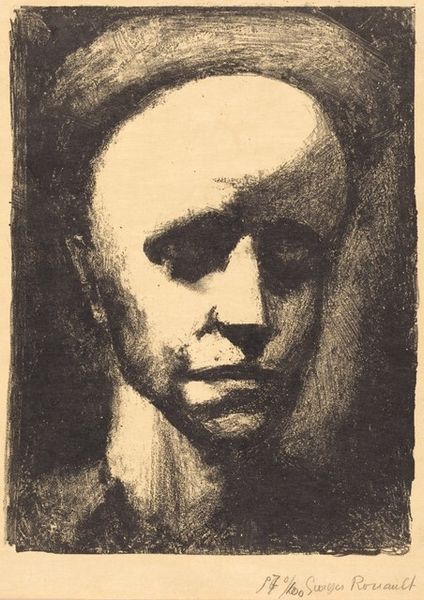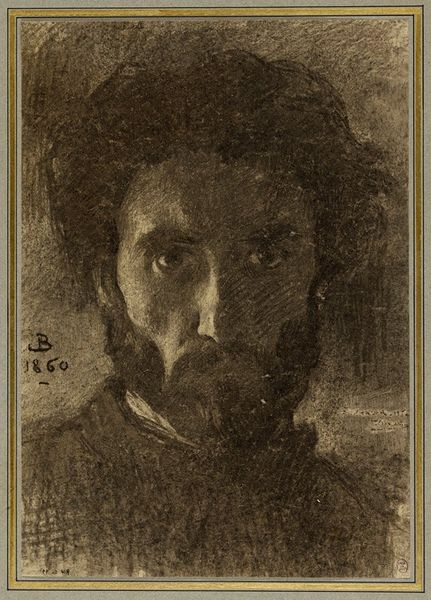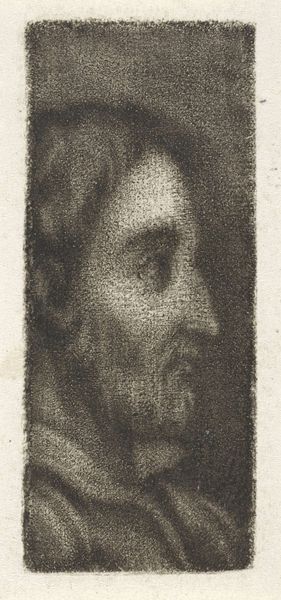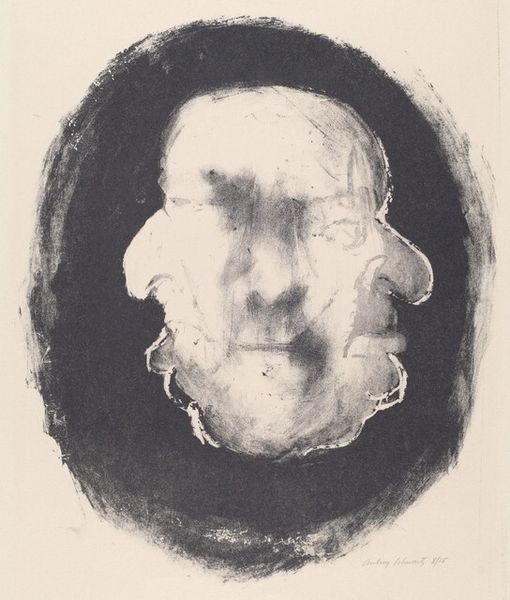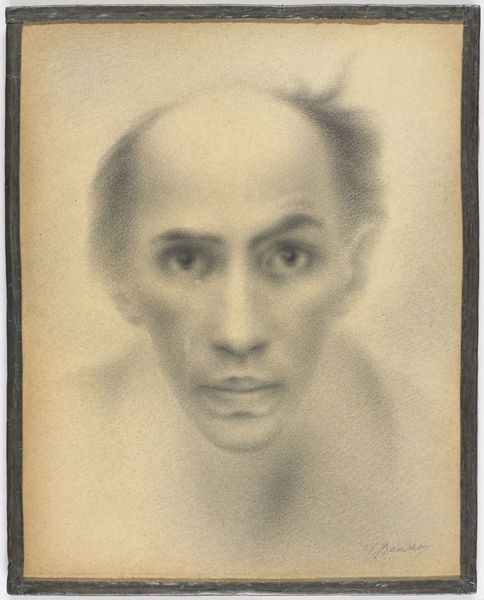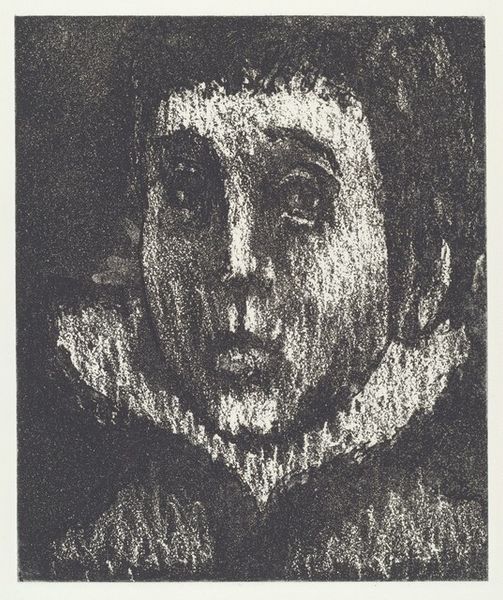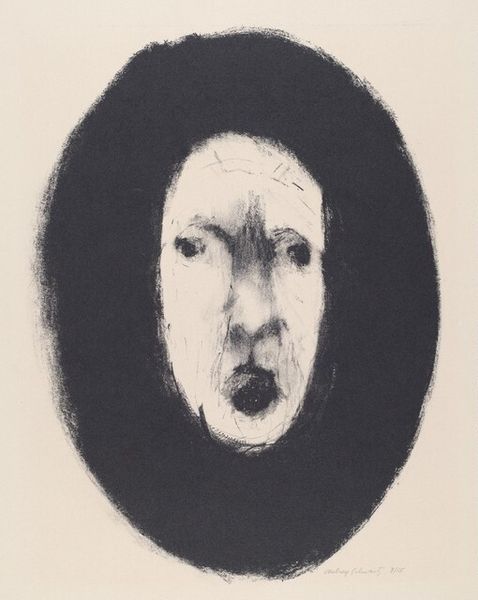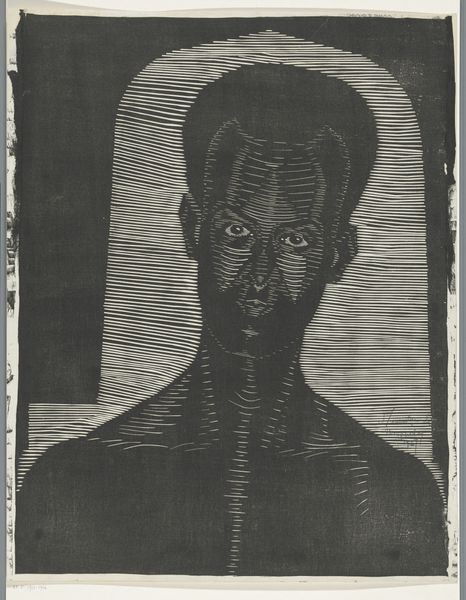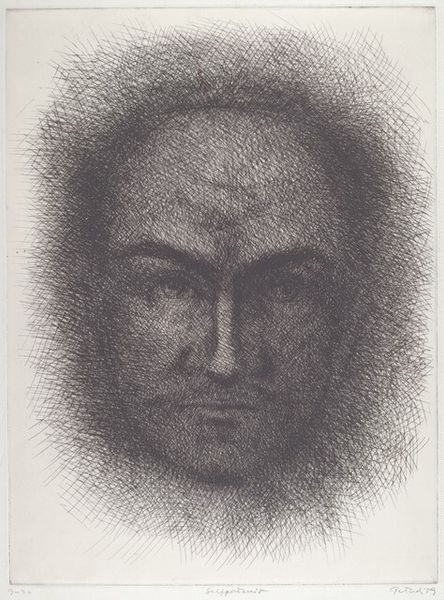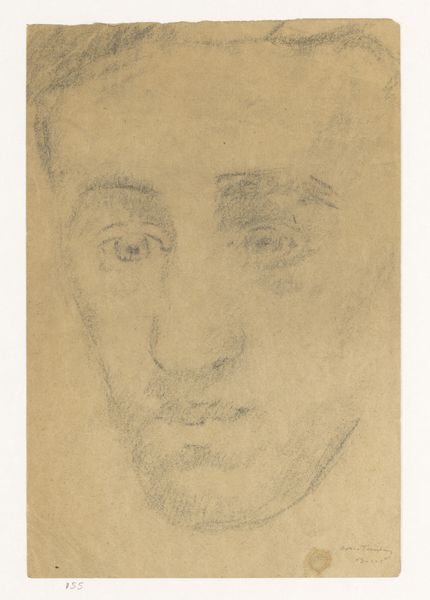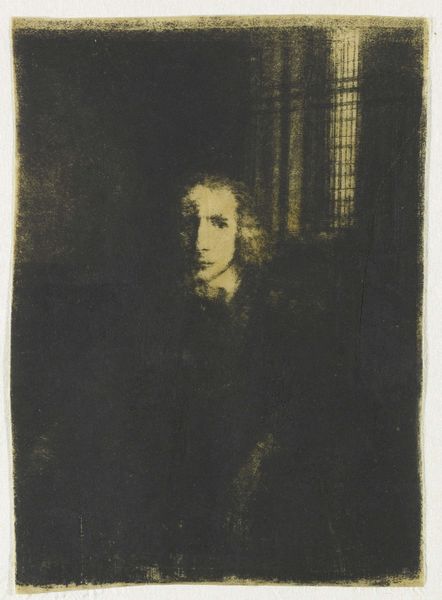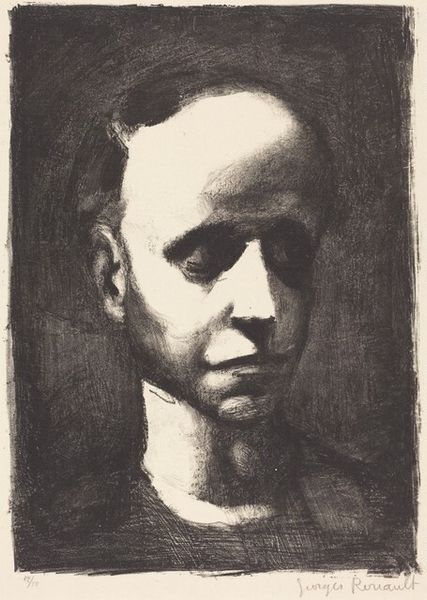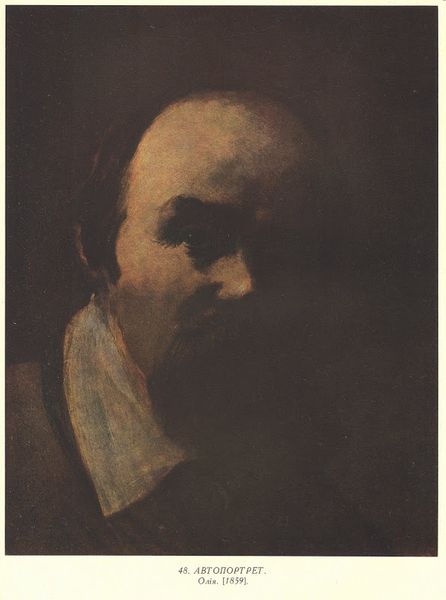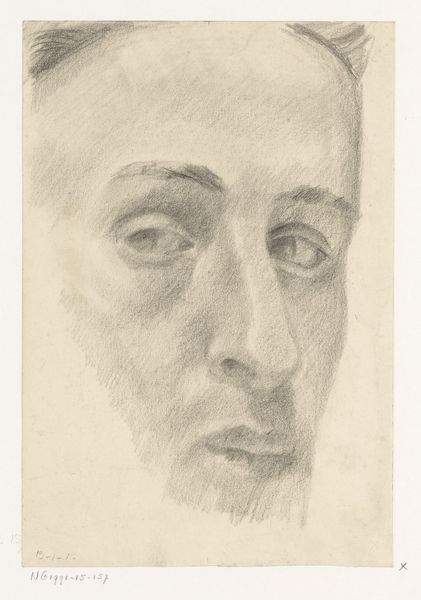
Ovidus, Tales of Orpheus, Story about Orpheus and Eurydice 1980
0:00
0:00
Dimensions: book: 30.2 x 22 x 5 cm (11 7/8 x 8 11/16 x 1 15/16 in.)
Copyright: National Gallery of Art: CC0 1.0
Albin Brunovsky made this illustration of Orpheus and Eurydice using etching, a printmaking process that dates back centuries. To create this image, Brunovsky would have coated a metal plate with a waxy, acid-resistant substance, then scratched an image into the coating. He would then have submerged the plate in acid, which bit into the exposed metal, creating recessed lines. These lines would then hold ink, which would be transferred to paper under high pressure. The resulting print has a distinctive tactile quality, with slightly raised lines that you can feel if you run your fingers across the surface. Notice how the density of the etched lines creates a range of tones, from the deep shadows to the delicate highlights on Orpheus' face. The soft, velvety texture of the etching captures the tragic mood of the myth. Paying attention to materials and making processes allows us to fully appreciate the rich history of printmaking. It also helps us appreciate the amount of time it took Brunovsky to complete this etching. It is by understanding the labor of the artist that we can expand our understanding of this artwork.
Comments
No comments
Be the first to comment and join the conversation on the ultimate creative platform.
